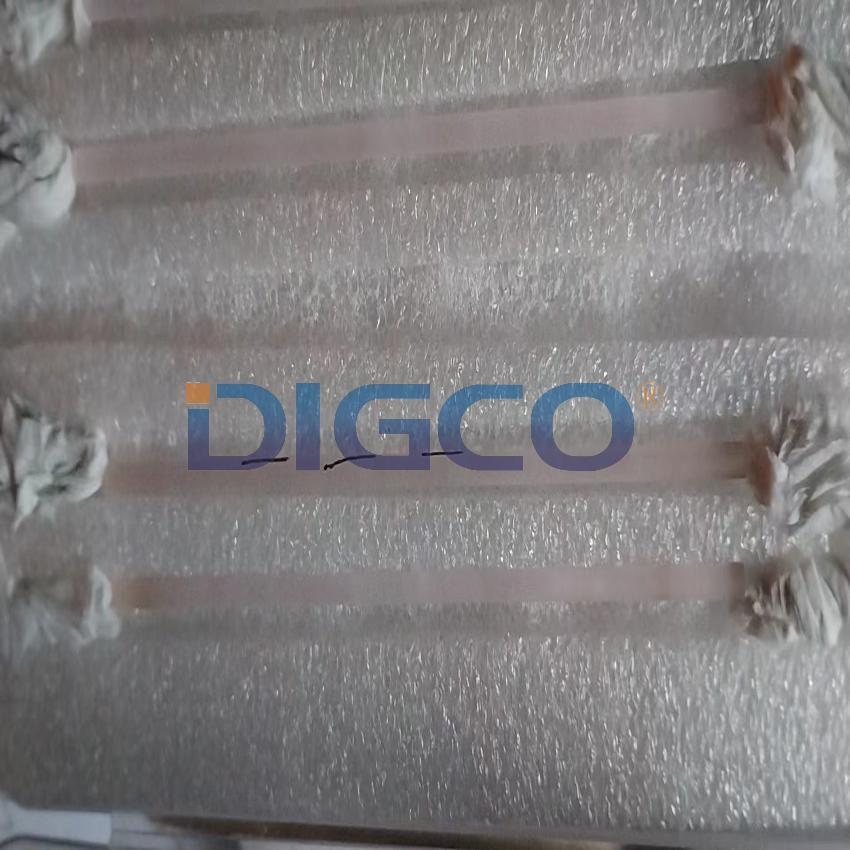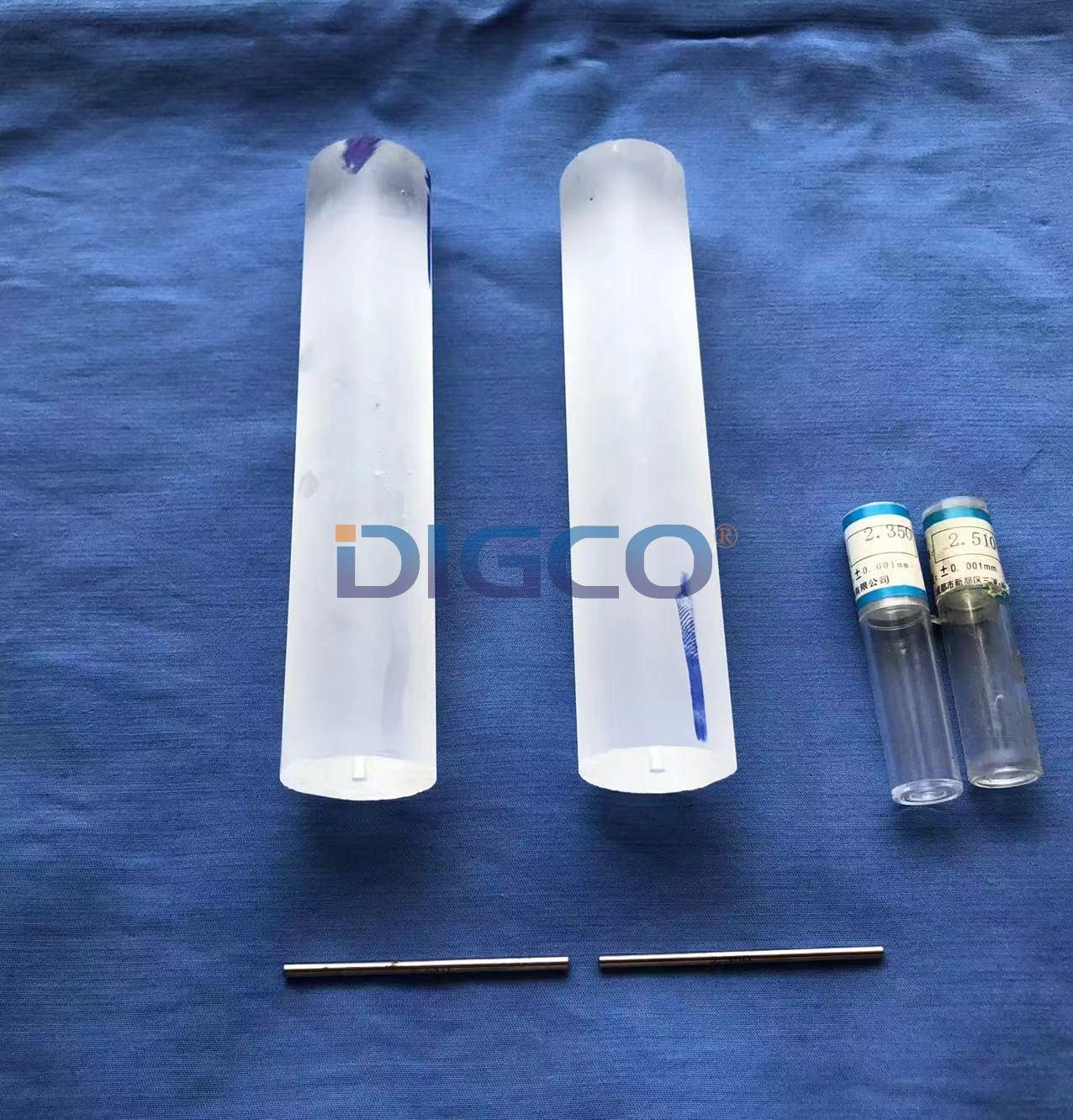High concentration DIGCO® Yb,Er:Glass cylindrical rod with diameter 3mm and length 120mm as core for optical fiber fabrication is now on the way to a laboratory for eletro-optics and sensor systems from an University in Europe.
Thanks to the high spatial and spectral quality of their output beam, fiber lasers appear as a promising infrared light source for LIDAR systems. As fiber laser material, phosphate glasses allow to incorporate high levels of rare-earth ions, which enables the manufacturing of short optical fiber devices with a high output power. These features redound into compact, portable lasers that can reach longer distances when compared with other emitting devices. Usually, a one-piece fiber laser having all these characteristics cannot be easily conceived. A convenient way to achieve all the specifications at once is to proceed through a master oscillator power amplifier (MOPA) architecture. In this configuration, the output of a low-power seed laser having the required spectral characteristics is carried into a high-power fiber amplifier. This, in turn, provides the required amplification level without impairing on the other desired specification. A fiber amplifier based on Yb3+-Er3+ codoped phosphate glasses was fabricated and characterized for an experimental study. At the highest input signal (+5 dBm) the amplifier provided 6.39 dB and 8.52 dB internal gain for medium and highly saturated operation (166.8 mW and 479.8 mW pump power, resp.). The internal gain per unit length was thus 2.37 dB/cm and 3.15 dB/cm, which is higher than or near to values reported as 0.94 dB/cm and 3.3 dB/cm. In addition, the maximum observed internal gain was 10.71 dB, obtained with the minimum input signal (−30dBm) and a 479 mW pump power. This leads to an internal gain of 4.0 dB/cm, a value that is comparable to the values reported as 4.2 dB/cm and 5.2 dB/cm.
Photonic Crystal Fibers
Preforms for photonic crystal fibers are typically fabricated by stacking glass tubes (often made of pure fused silica) and capillaries inside a larger glass tube. In the fiber drawing process, the capillary holes and the voids between those glass elements are transformed into tiny air holes in the fiber, having only nanometer dimensions. Limitations arise from the need to achieve a sufficiently high mechanical stability (also during the fiber drawing process) and avoid the collapse of needed air holes during the drawing. The the article on photonic crystal fibers for more details on how to fabricate their preforms.
It is easily possible, of course, to introduce rare-earth-doped rods for active fiber devices.
Rod-in-tube Method for fiber preforms fabrication
For materials where vapor deposition can not be applied because suitable gaseous raw precursors are not available (e.g. for fluoride fibers), the rod-in-tube technique is another option. Here, a rod of a glass with higher refractive index is inserted into a glass tube with lower refractive index. Both can be reasonably well connected by heating, but great care is required to avoid bubbles and other disturbances.
There are also casting methods where the molten core glass is poured into the cladding tube, or sucked into the tube using a vacuum pump.

Figure 1. Fiber core rod of Er,Yb:Phospahte glass diameter 3.0mm,length 120mm

Figure 2.Fiber cladding tube of undopped phosphate glass with diameter as required and length maximum 140mm
Contact: John Jay Woo
Phone: +86-13982280204
E-mail: digco(at)digco-techs(dot)com
Whatsapp:+86-13982280204
Add: No.2339,South Secrion of Tianfu Avenue,Tianfu New Area,Chengdu 610213,China
We chat
